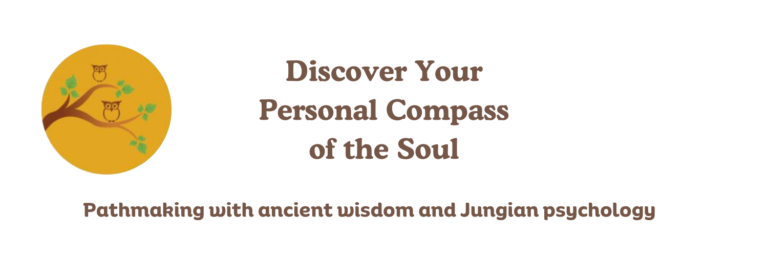The parent function is the auxiliary (second) function in your personality type. It is the function we use when “parenting” and encouraging others. It has a shadow side: the critical parent.
The archetype John Beebe uses for this function is senex, which is a Latin word that means “old man” and is the root of our word “senator.” He describe it as “the critical, saturnine, old man who, metaphorically speaking, paces up and down inside each of us, waiting for the chance to put troublesome people in their place.” Senex “takes on the quality of everything that has stood the test of time and now resists change.” It also correlates to the Roman god Saturn. The senex in us “stultifies, discourages, and disables” others.
Neuroscientist Dario Nardi, author of many books about personality typology, such as The Magic Diamond, says we reject the senex function in our younger years and may come to embrace it when we are older. Some examples:
ESTJ and ESFJ might reject senex extroverted sensation (Se) by insisting their kids sit still. When they learn to embrace senex Se they become more comfortable with gut reactions and physical expressions.
ISTP and ISFP might reject senex introverted sensation (Si) by avoiding settling down or having disdain for security. Embracing senex Si could include developing a daily routine or starting a business.
ENFJ and ENTJ might reject senex extroverted intuition (Ne) by finding brainstorming to be unproductive and have a dislike of the random use of imagination. Embracing senex Ne could include using humor to approach a problem and scheduling time to think of new ideas.
INFP and INTP might reject senex introverted intuition (Ni) by lacking a position vision of the future and may dislike a focus on the mystical. By embracing senex Ni they may develop an excitement for getting others onboard with a vision or might have a mystical experience they don’t dismiss.
ESTP and ENTP might reject senex extroverted thinking (Te) by rebelling against time-constraints and limits on their ideas. When embracing senex Te they might use To-Do lists and other life-structuring devices.
ISFJ and INFJ might reject senex introverted feeling (Fi) when losing track of their own values and when they seem to lack strong convictions. They embrace senex Fi when developing a set of convictions that allow them to grow as people.
ESFP and ENFP reject senex extroverted feeling (Fe) when being non-committal in relationships or may seek personal information from others without sharing of themselves in return. They embrace senex Fe when they give, share, and support.
ISTJ and INTJ reject senex introverted thinking (Ti) by disliking theory for its own sake and endless clarification and rewording. They embrace senex Ti by thinking in more consistent ways and relying on theories that have been thoroughly developed.
It can be discouraging to persevere when dealing with the senex. We’ve all had experiences dealing with critical external authority figures. It’s the same when dealing with our inner senex. But over time you’ll understand the senex and discover wisdom.
